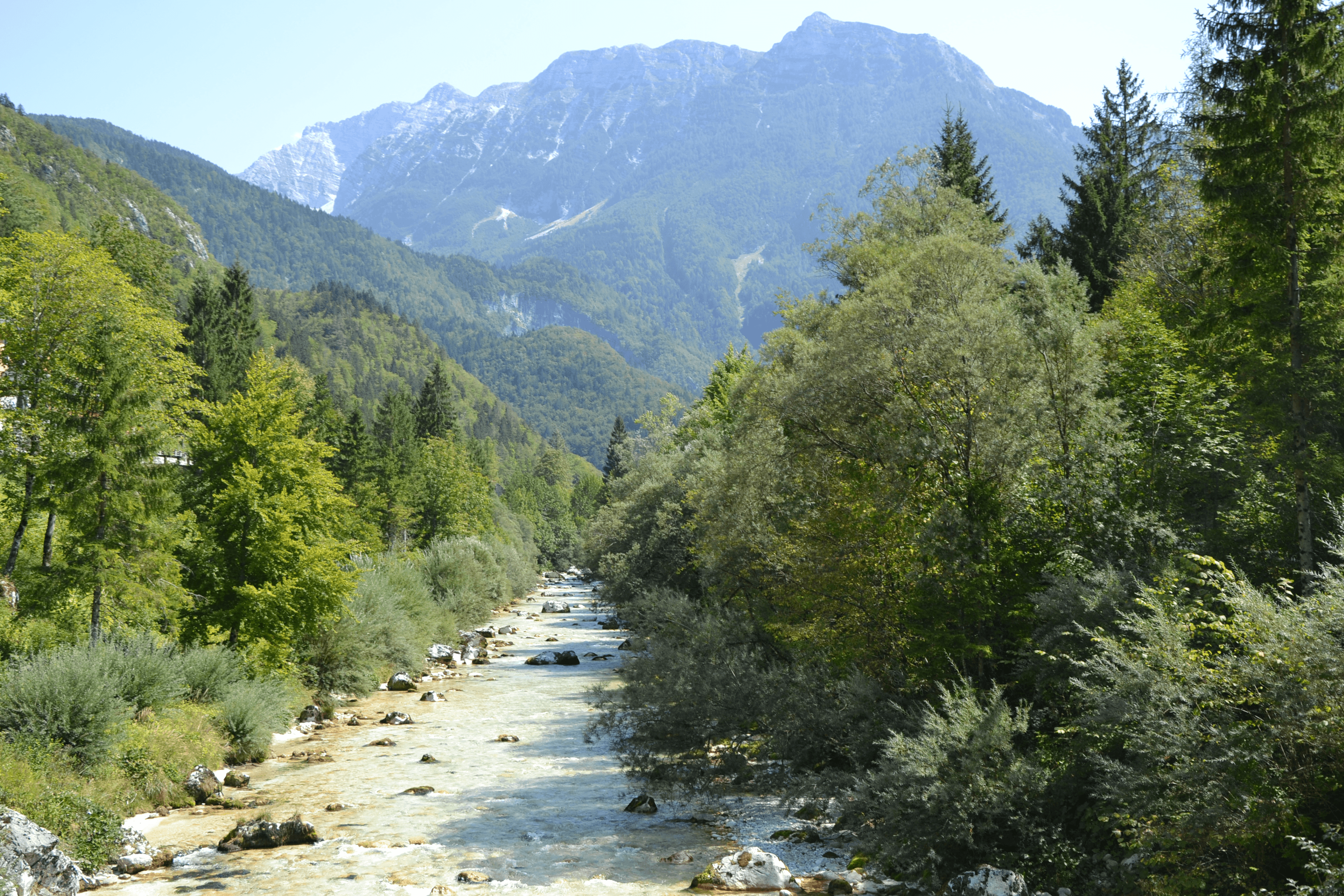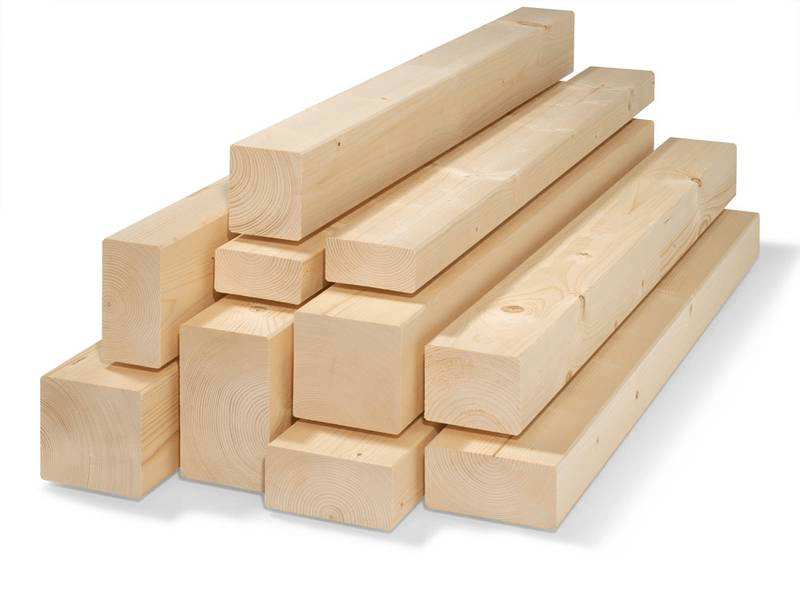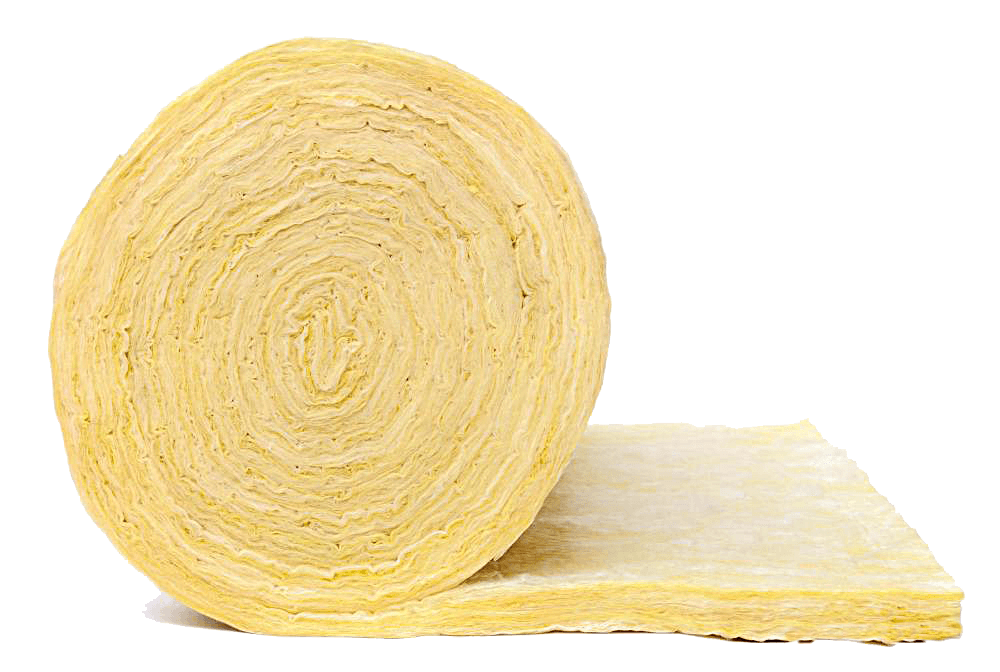Caring for the environment, we both take care of our and our relatives’ health. Building engineering is a sector where ecology has been completely passed over until recently. However, human awareness is becoming higher and higher, and it creates possibilities to take advantage of ecological aspects in this sector.
There are a lot of possibilities, e.g.: application of renewable energy sources and biomass, designing energy-efficient buildings, using materials which are recyclable and more eco-friendly such as: timber, wood-based insulation materials, mineral wool and other plant-based (organic) materials.

KVH
KVH is solid structural timber, dried off to 15 % of moisture, dressed on four sides and bevelled. Due to application of finger joints we can get infinitively long squared timbers of very high resistance.
Advantages of KVH in comparison to common coniferous timber:
- Deformation resistance
- High load strength in comparison with usual structural timber
- High resistance to moisture, fungi and becoming blue
- Lack of knots and other flows occurring in usual structural timber
- Low susceptibility to scratches and cracks
- Flame resistant material
- Ecological and renewable material

Mineral wool
It is insulating material of mineral origin. We can distinguish glass mineral wool (made of high silica sand and glass cullet) and rock wool (made of basalt, gabbro, dolomite or calcareous aggregate). Because of its excellent properties it is used for heat and acoustic insulation in building industry.
Properties:
- Low heat conduction coefficient
- Very good sound absorbing properties
- Fire resistance up to 1000 C
- Vapour-permeable (“breathing”) material
- Water-repellent material (moisture and water resistant)
- High modulus of elasticity
- High mechanical durability
- Ecological material

